If you prefer to perform your own home maintenance when it comes to your HVAC system, then adding freon to your air conditioner may seem like an easy task. But how do you add freon to a Lennox air conditioner specifically? And how do you know how much to add? We have researched Lennox air conditioners, and in this post, we will answer these questions.
The amount of freon needed for your Lennox air conditioner will depend on the current level of the air conditioner and its size. Most air conditioning units will hold four to six pounds of freon. Every Lennox air conditioner model is different, but we've provided the general steps needed to refill the freon:
- Turn off the unit
- Remove the caps to the valves
- Attach the refrigerant hoses
- Power the unit back on
- Release the pressure valve
- Check the gauges
If you're completely unfamiliar with HVAC components, leaving the freon refill task to a qualified professional may be best. However, if you strongly prefer to perform the task yourself, it's helpful to at least know the basic steps involved. Continue reading to learn more about how to do it.
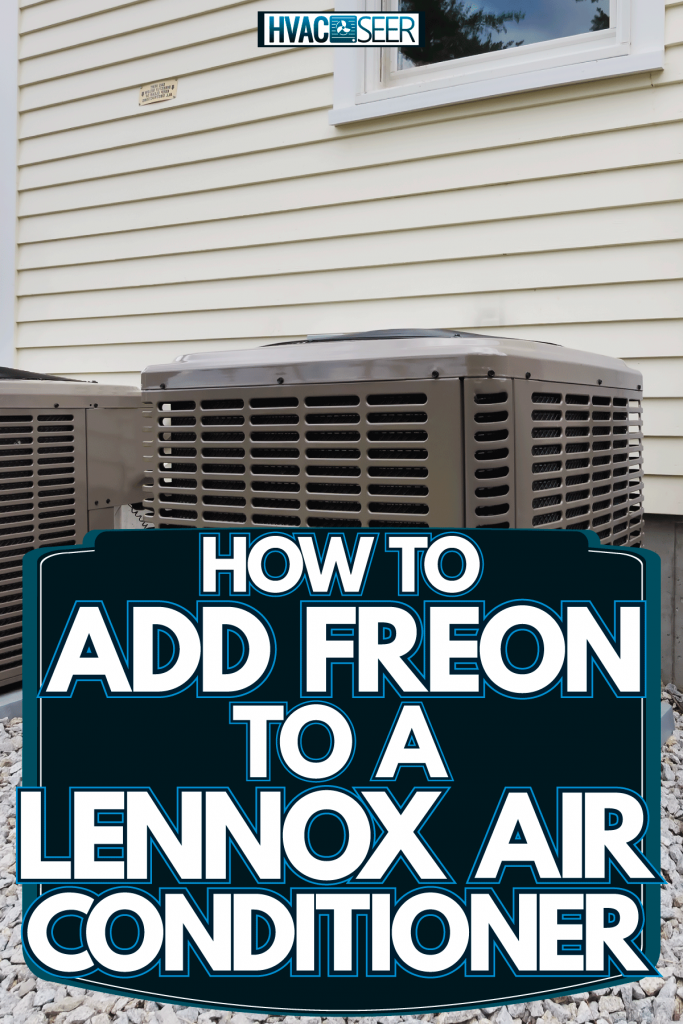
Steps To Add Freon To A Lennox Air Conditioner
You'll likely only need to refill the freon in your Lennox air conditioner if it is leaking. Before adding the freon, it's important to first check for the source of the leak to repair it so that you don't end up wasting additional coolant.
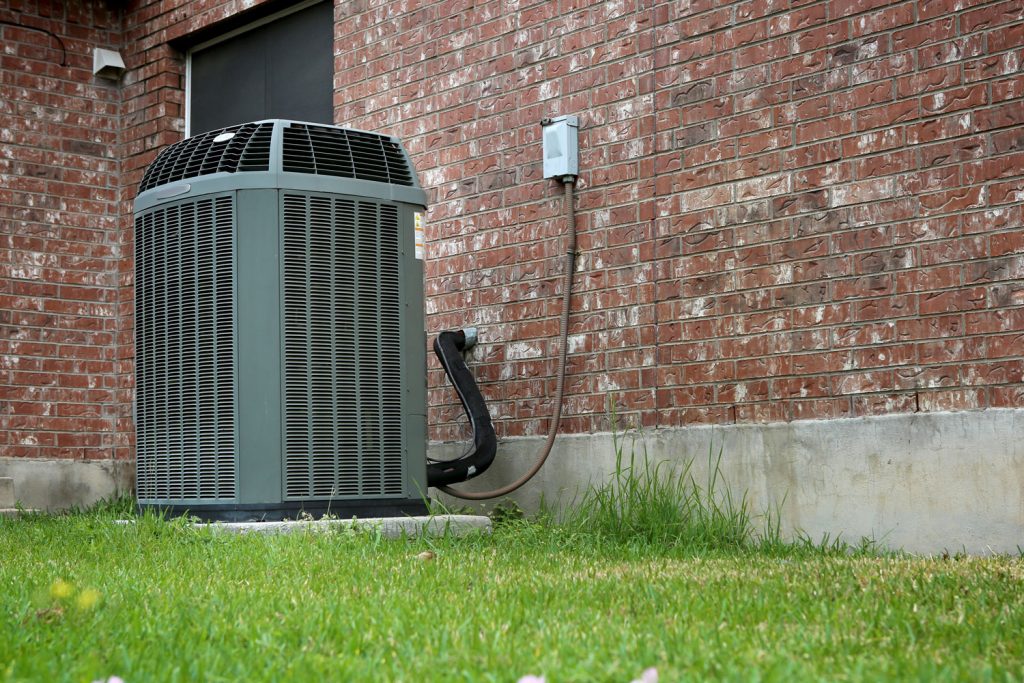
Freon can be expensive, so it's helpful to make sure that the unit is running properly before refilling it.
Things you'll need:
- Freon
- Manifold gauge set
- Wrench
- Cleaning cloth
- Screwdriver
1. Turn off the unit
Turn off the central air conditioner by first turning it off at the thermostat, then at the circuit breaker. Turn the thermostat to "Off" and flip the switch down.
2. Remove the caps to the valves
Next, take the valve caps off the air conditioner unit. You can locate the valves by looking at the pipes around the unit. These valves are typically located at the bottom of Lennox units. Some units may require an adjustable wrench to get the valves out.
Others can be easily removed by hand. If the air conditioner is on the other side, the valves may be a bit resistant, so it's helpful to have a can of WD-40 at the ready, just in case.
3. Attach the refrigerant hoses
Next, attach your left and right manifolds hoses to the left and right valves of the air conditioner unit. Ensure that your gauges are freon specific. Gauges can be universal, and they come in different sizes, so it's important to check this beforehand.
Click here to see this manifold hose set on Amazon.
4. Power the unit back on
Turn the air conditioner off and wait for the unit to stabilize (which can take about 2-5 minutes) before turning it back on again. This will allow you to get a better reading of the gauges.
Next, open the refrigerant container and attach the valve to the air conditioning unit. This valve is usually located in the middle of the other two valves that you've already connected—but you'll always want to check your user manual to be sure.
There's also a small knob located at the bottom of the refrigerant canister. Turn this knob to the left 2-5 times to release the refrigerant.
5. Release the pressure valve
Next, open the valve on the left side. This is the low-pressure valve. It will typically have a blue cap. To add coolant to your air conditioner unit, open and close the valve for 3-7 seconds each time. Keep doing this until the unit lowers to its subcooling temperature.
6. Check the gauges
This step is very important. As you continue to add the freon to the air conditioner unit, monitor the gauge to ensure the temperature is at the desired level. Allow the air conditioner unit to run for about 5-10 minutes. During this time, use your thermometer for super-heat and PSI testing.
Again, the steps for this will vary by the Lennox air conditioner model. However, once the unit is fully charged, go ahead and disconnect all hoses from the unit and replace any valve caps. The remaining freon should be stored in a cool and well-ventilated area but not over 85 degrees Fahrenheit.
Need a step-by-step visual? Check out this video:
Do Lennox air conditioners use Freon?
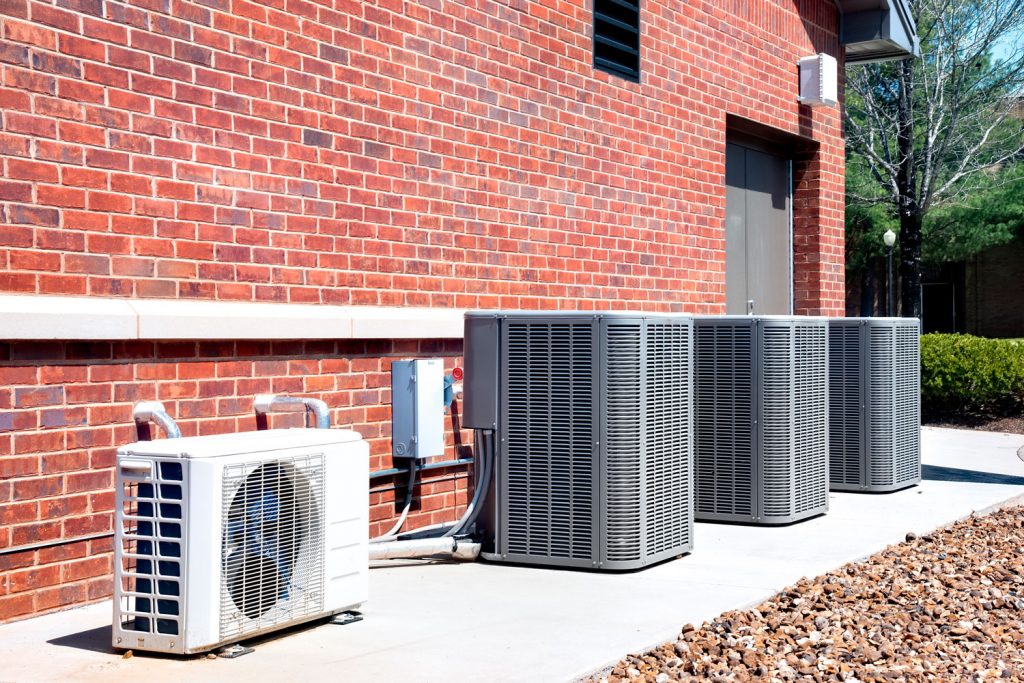
Lennox air conditioner units currently use chlorine-free R410A refrigerant. They previously used R22 refrigerant (also known as "freon"). However, R410A contains no chlorine and is more ozone friendly.
It also allows more air conditioner unit efficiency and can help to keep energy bills lower than its predecessor. However, if you have an older model unit, you can still purchase freon from resellers.
What refrigerant does Lennox use?
Currently, Lennox air conditioners use a chlorine-free refrigerant called R410A. Freon (R22) was phased out in the year 2020 and is no longer imported or produced due to its harmful impacts on the environment and safety concerns.
How do you know if your AC is low on Freon?
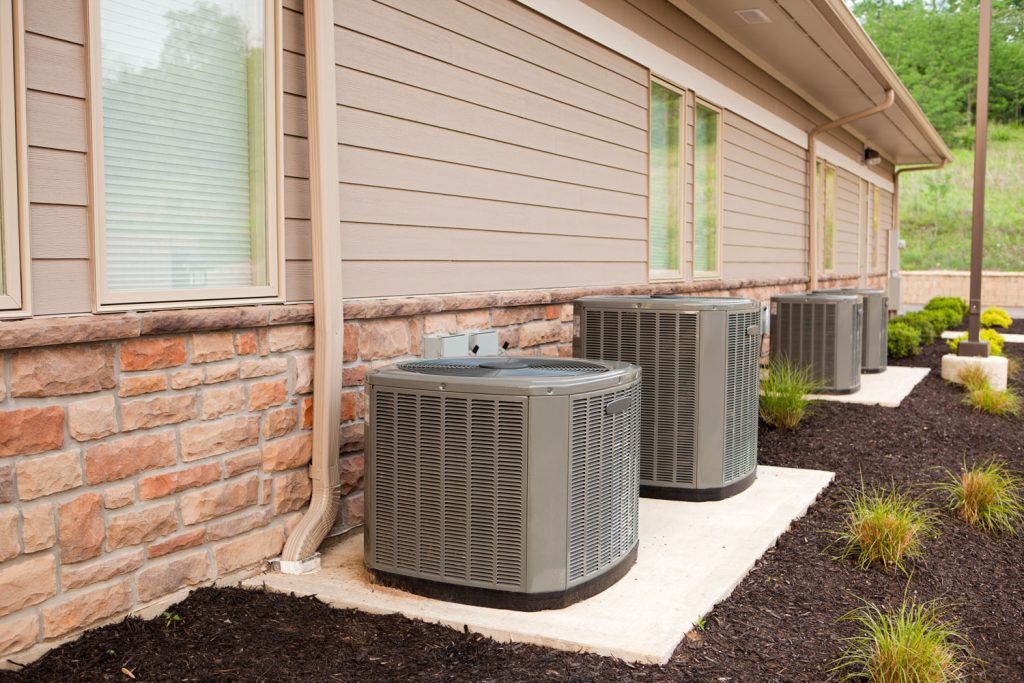
There are quite a few tell-tale signs that your air conditioner will display to let you know that the freon levels are low. Here are the most common ones.
There is warm air blowing from the vents
Refrigerant is a gas substance that absorbs heat from the air in your home and then transfers it outside. Low refrigerant levels can cause your unit to not absorb enough heat per cycle.
This could lead to warmer air coming from your supply vents. If you notice that your home's vents are blowing warm air when the air conditioner is turned on, chances are that you have a refrigerant leak.
There is ice buildup on your AC unit
Low refrigerant levels could also cause ice and frost to accumulate on your AC. If refrigerant levels drop too low, the temperature can drop below its normal operational range. This, in turn, will eventually lead to ice buildup on the refrigerant lines as well as the evaporator coil.
There's a strange bubbling noise coming from the unit
You may hear a bubbling sound or hissing around your outdoor AC unit if the refrigerant is leaking. If you hear a low hissing sound coming from the unit, whether it's turned on or off, the refrigerant is likely seeping out through a broken or cracked valve or the refrigerant line.
Your energy bill is higher in the summer
If your AC system is 10+ years old, your high energy bills in the warm months are likely the result of an aging air conditioner system. Over time, your AC will become less efficient, which means it has to work longer to reach lower temperatures.
Can I add Freon to my AC unit myself?
HVAC professionals typically recommend hiring a licensed HVAC technician to refill the freon in your unit. Remember that freon is expensive to purchase. If it's not added to the air conditioning unit properly, you may find the unit leaking freon, which can create more issues for your HVAC system.
Experienced technicians have the expertise to perform a well-rounded diagnosis of your unit before and after adding the freon. Here are a few advantages of having a professional perform this task:
They'll inspect the evaporator coils
The technician will inspect the evaporator coils and make sure they are clean and free of debris. Dirty or frozen evaporator coils can cause the air conditioner to stop working and other expensive repairs.
They can discover the potential leaks
The technician should tell you why the refrigerant level is low. A leak is the most common reason the coolant might be on the low side. To find the correct source of the leak, the technician will run a full system test. Afterward, they can repair the leak by replacing any faulty or broken components.
They can make the proper recommendations
The technician will inspect all components and make recommendations for repairs or replacement. And if they recommend getting a new system, it can save you money on an expensive repair.
How much does it cost to add refrigerant to an air conditioner?
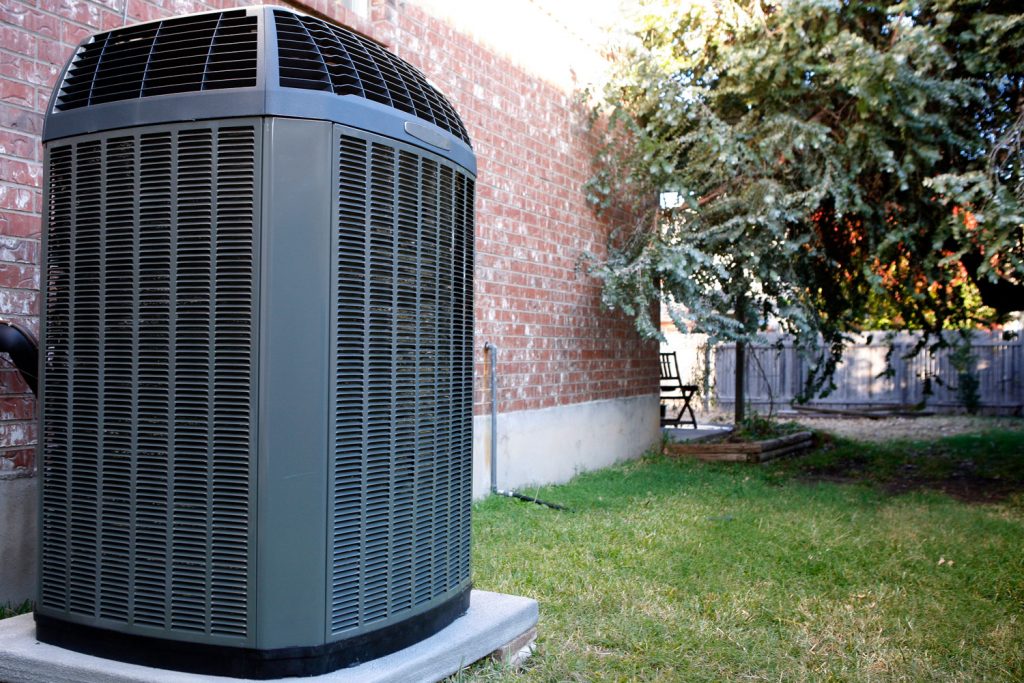
The amount that you'll spend to refill your air conditioner's coolant will depend on the type and size of the air conditioner you have and how much the technician charges for labor. On average, you can expect to pay anywhere from $150 to over $300 for the task.
The technician will typically perform additional checks and services before and after the refill to ensure that the unit is running properly and is free of leaks.
Wrapping things up

We hope this post has helped explain how to add freon to your Lennox air conditioner. Remember that every air conditioner model will be different, so the specific steps may change slightly.
Also, while you can perform this task yourself, it's best to consult with an experienced technician so that you can read the gauges correctly and perform the task using the right precautions.
Before you go, be sure to check out our other posts:


